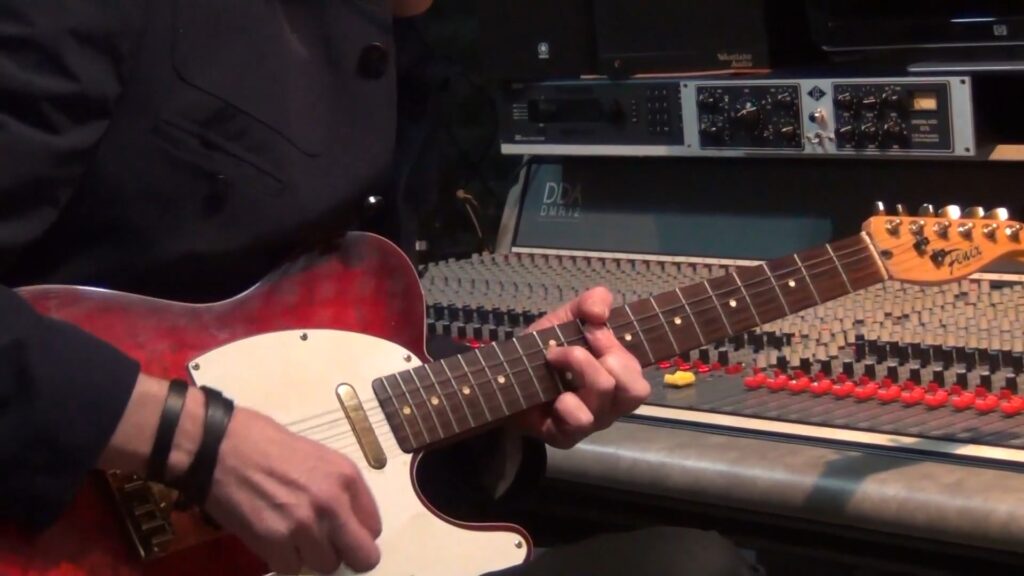Hammer-ons and pull-offs are guitar techniques that allow you to add flavor and style to your playing. These techniques can be used to create smoother, more fluid transitions between notes, and can add a lot of depth and interest to your playing. In this article, we’ll explore how to use hammer-ons and pull-offs to enhance your guitar playing.

What Are Hammer-Ons and Pull-Offs?
Hammer-ons and pull-offs are both techniques that involve playing notes without picking the strings. A hammer-on is when you use your fretting hand to play a note by “hammering” your finger down on the string, creating a new note without picking the string again. A pull-off is the opposite – it’s when you use your fretting hand to “pull off” the string and create a new note without picking the string again.
Why Are Hammer-Ons and Pull-Offs Useful?
Hammer-ons and pull-offs can be used to create smoother transitions between notes. For example, if you’re playing a scale and you want to create a legato effect, you can use hammer-ons and pull-offs to create a seamless transition between each note. Additionally, these techniques can add a lot of flavor and interest to your playing, allowing you to create a more dynamic and interesting sound.
How to Play Hammer-Ons
To play a hammer-on, start by fretting a note with your left hand. Then, without picking the string again, use your left hand to “hammer” down on the string at a higher fret. This will create a new note without the need to pick the string again. You can also play multiple hammer-ons in a row by fretting one note, hammering on to a higher fret, and then hammering on to an even higher fret.
How to Play Pull-Offs
To play a pull-off, start by fretting a note with your left hand. Then, without picking the string again, use your left hand to “pull off” the string to a lower fret. This will create a new note without the need to pick the string again. You can also play multiple pull-offs in a row by fretting one note, pulling off to a lower fret, and then pulling off to an even lower fret.
Combining Hammer-Ons and Pull-Offs
Once you’ve mastered the basics of hammer-ons and pull-offs, you can start to combine them to create more complex and interesting patterns. For example, you can start by playing a note, then hammering on to a higher note, pulling off to a lower note, and then hammering on to another higher note. This will create a sequence of notes that is both fluid and interesting.
Tips for Using Hammer-Ons and Pull-Offs Effectively
To use hammer-ons and pull-offs effectively, it’s important to pay attention to your timing and technique. Here are a few tips to help you get started:
- Start slow. When you’re first learning these techniques, it’s important to start slow and focus on accuracy and control.
- Practice with a metronome. Using a metronome can help you stay in time and develop a sense of rhythm and timing.
- Focus on your finger strength. Hammer-ons and pull-offs require a lot of finger strength, so make sure to practice exercises that help build up your finger strength.
- Experiment with different patterns. Don’t be afraid to experiment with different hammer-on and pull-off patterns to find what works best for you.
- Pay attention to your tone. The way you play hammer-ons and pull-offs can have a big impact on your tone, so make sure to pay attention to your technique and how it’s affecting your sound.
Hammer-ons and pull-offs are versatile techniques that can add a lot of flavor and complexity to your guitar playing. By practicing these techniques and experimenting with different fingerings and levels of pressure, you can create your own unique sound and style on the guitar.